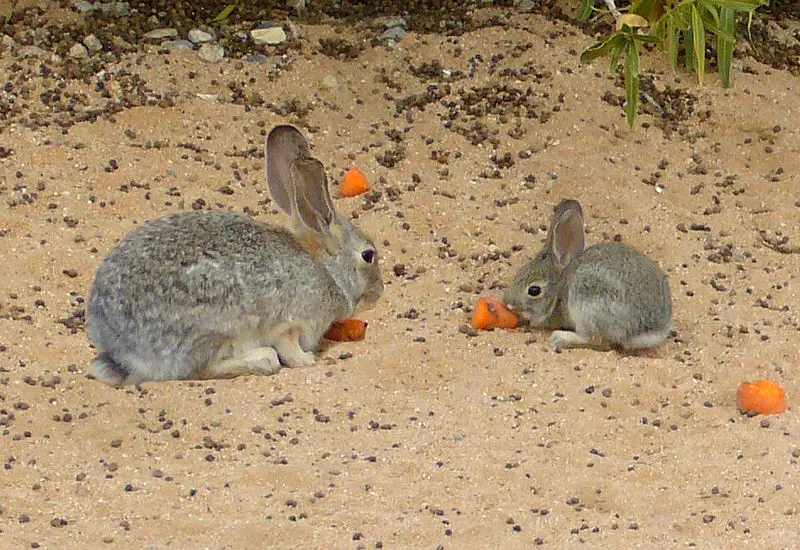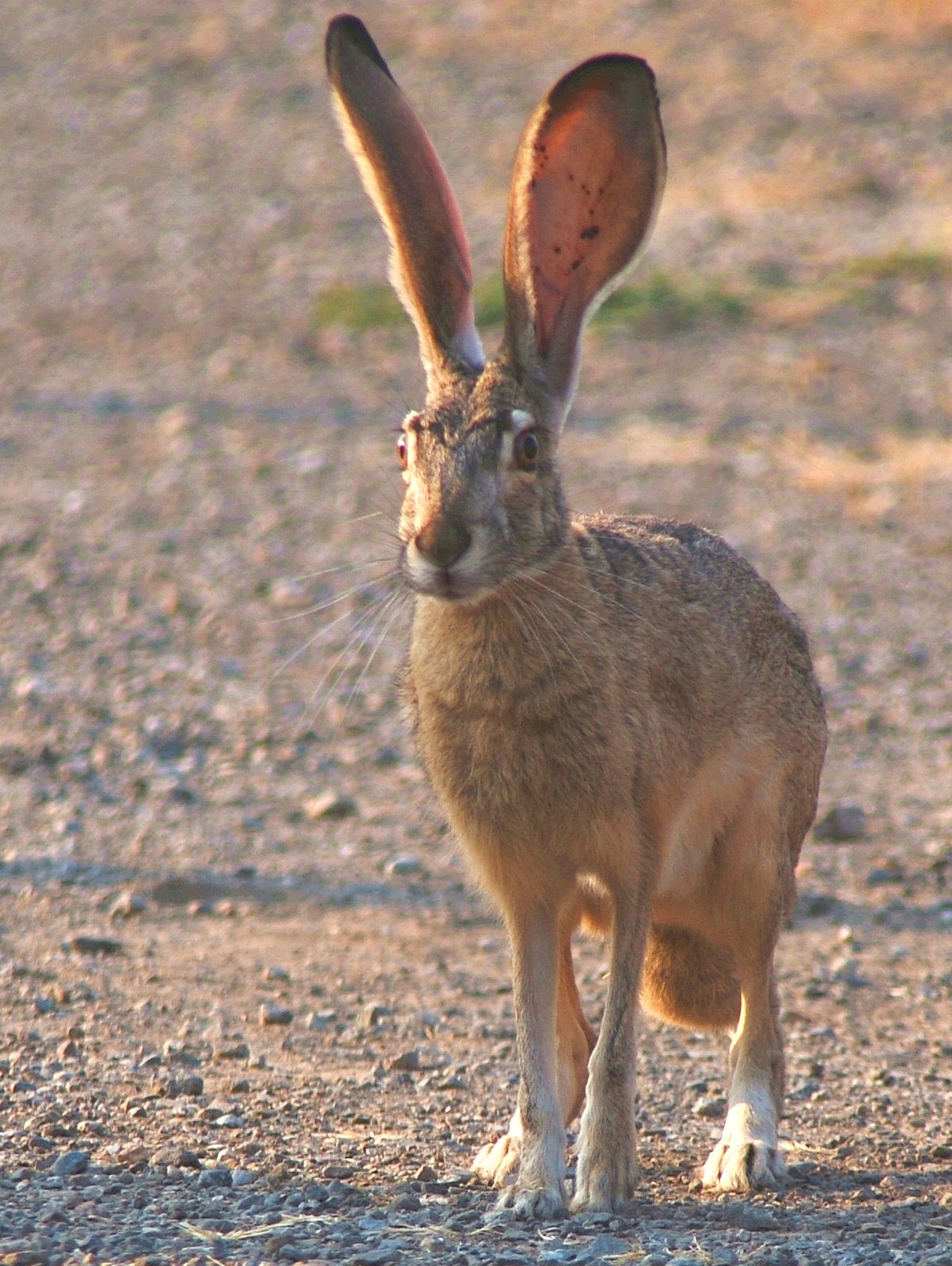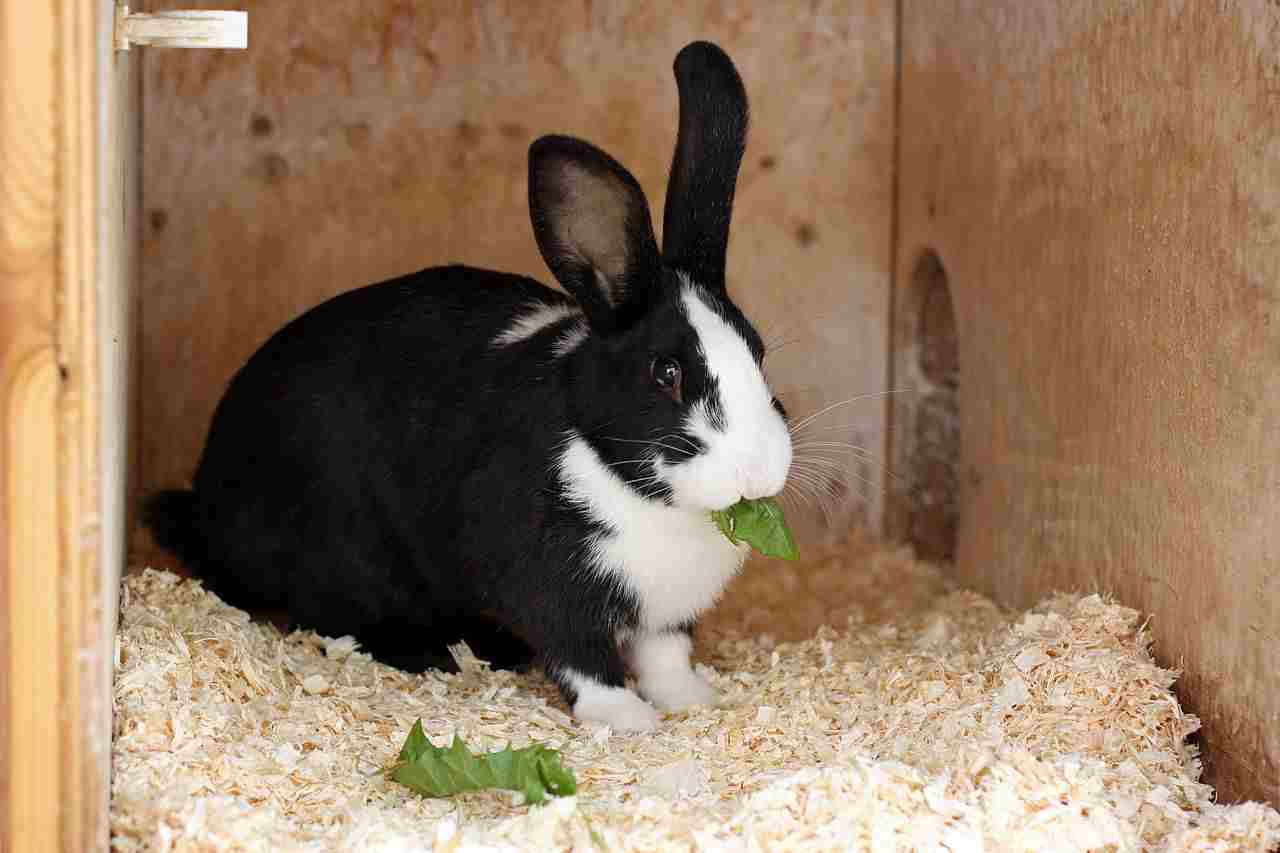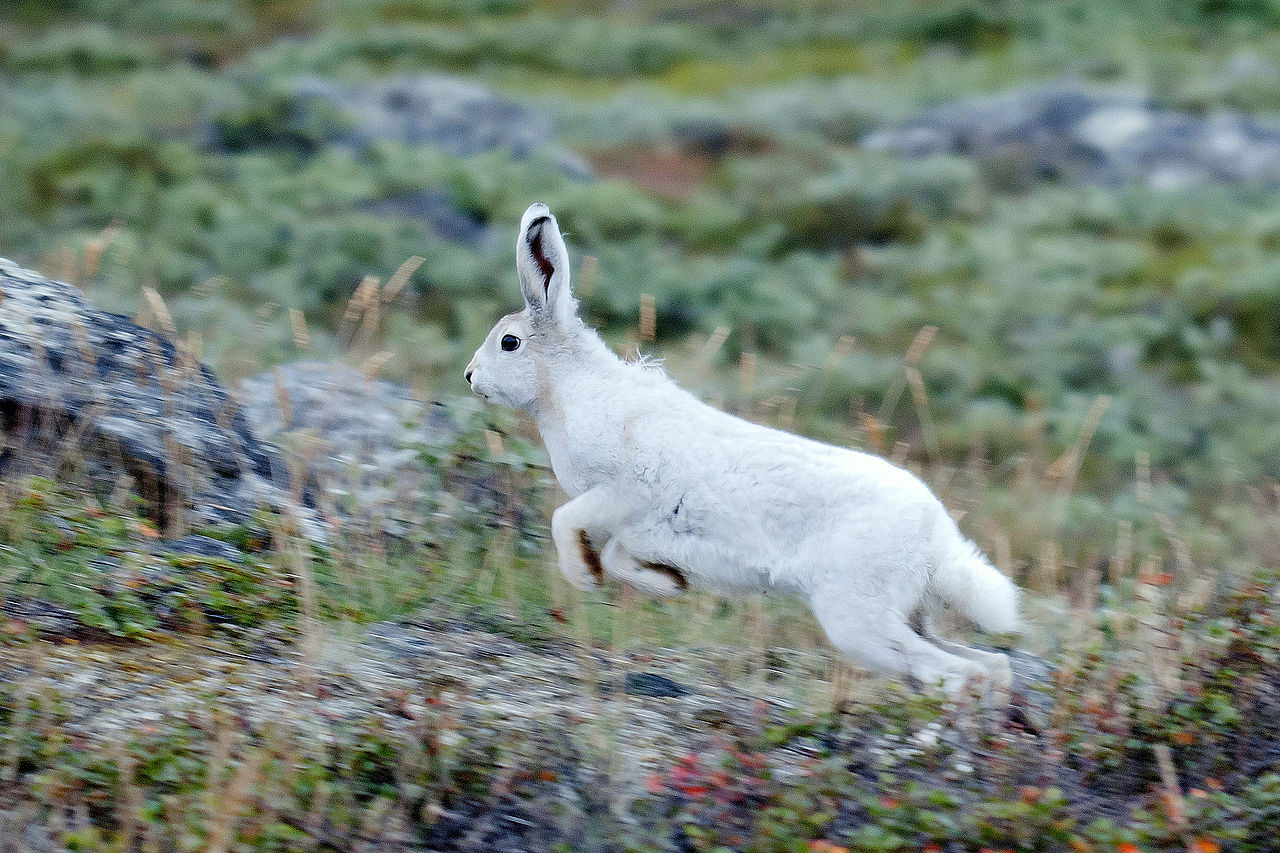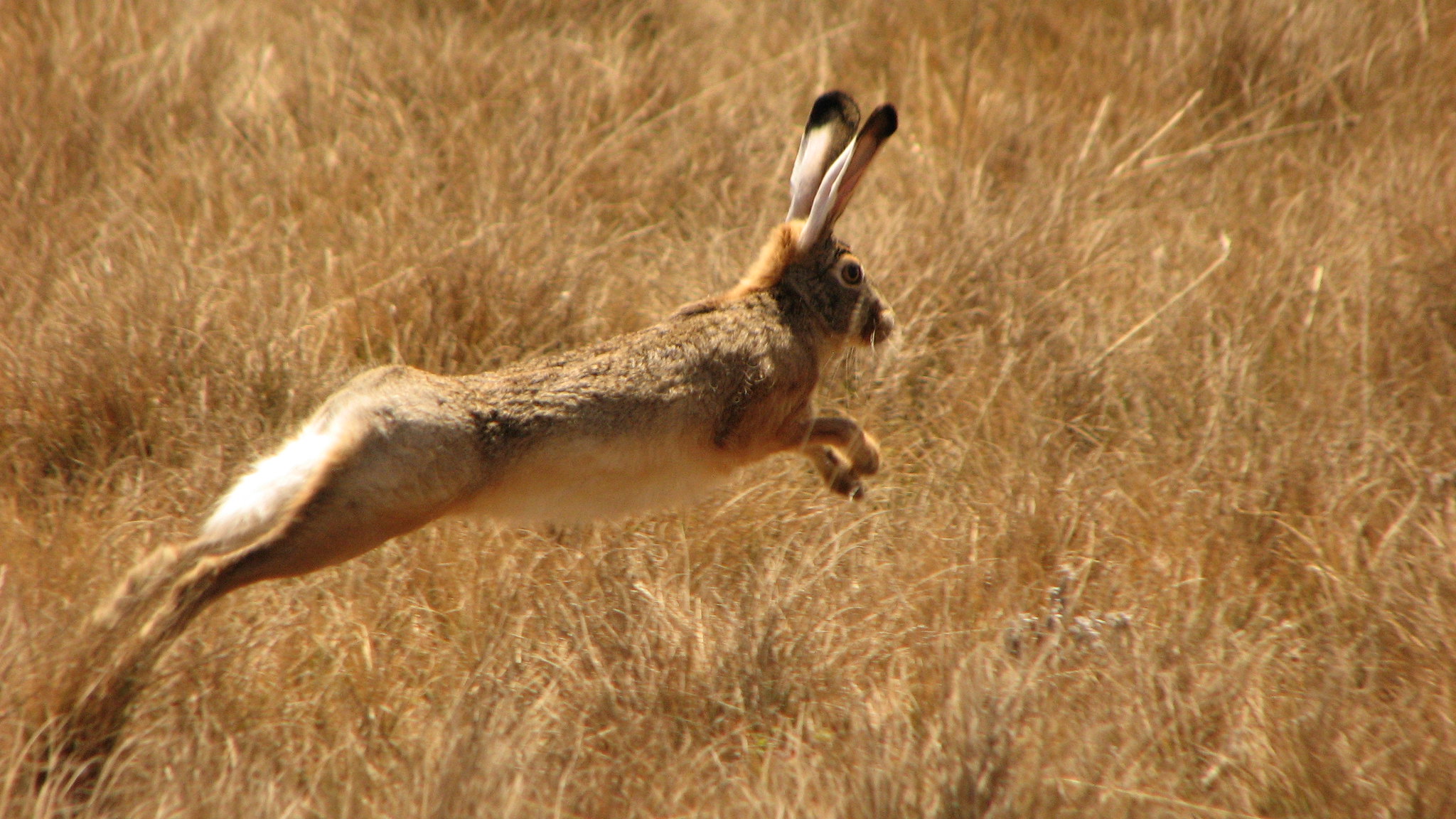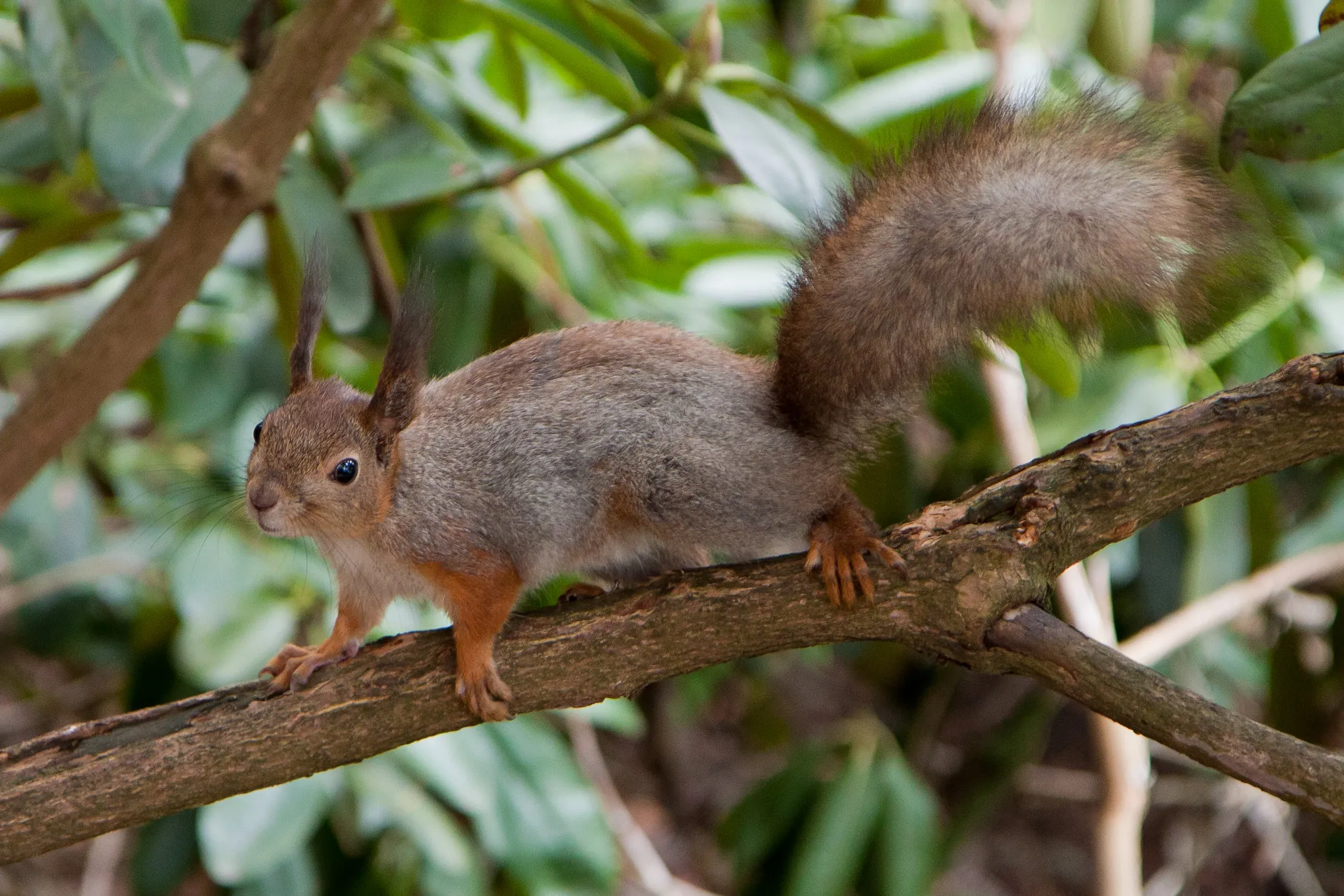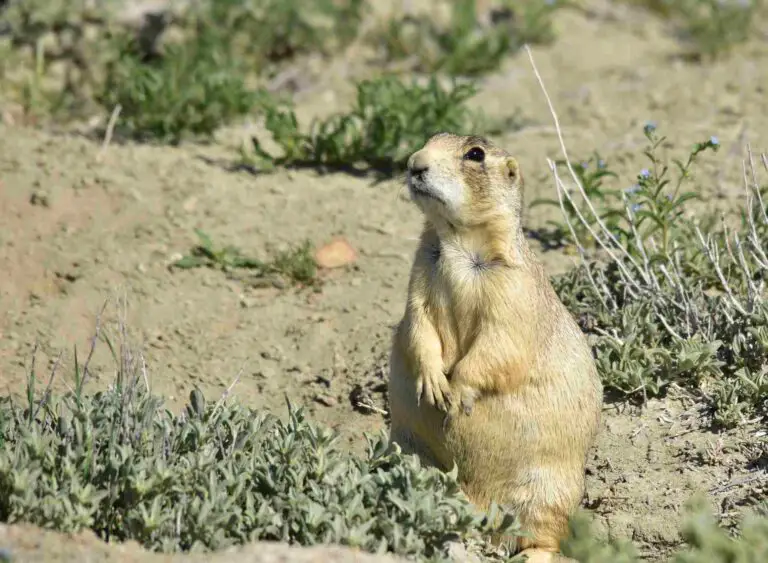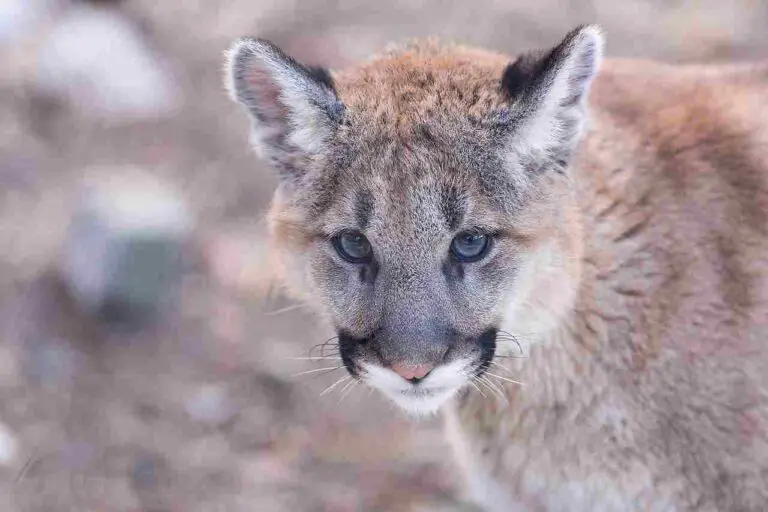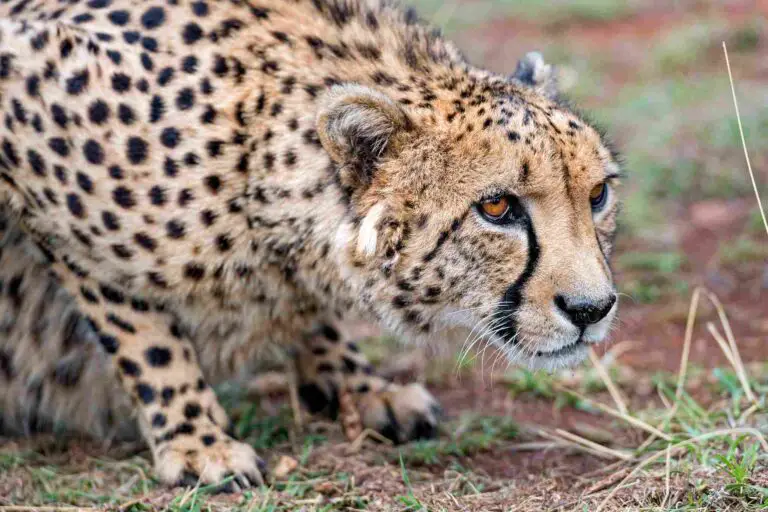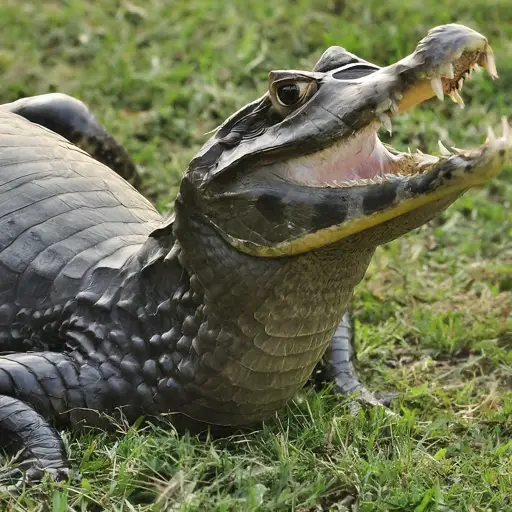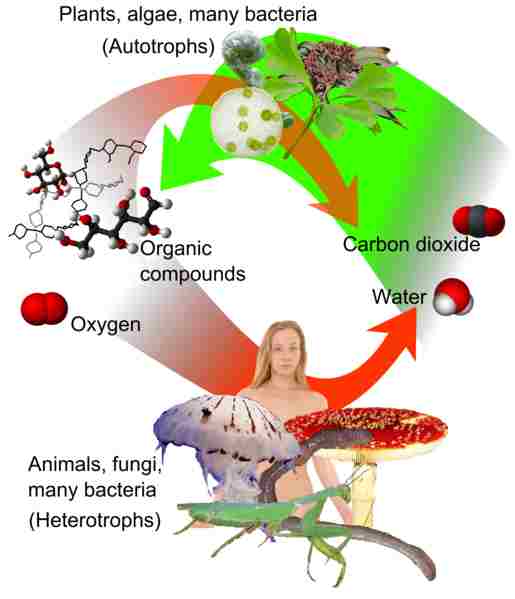Rabbit Vs Turtle Speed, Size, Weight Overall Comparison
Exploring the differences between rabbits and turtles extends beyond their appearances, and may focus on the contrasting element of speed, famously illustrated in the classic tale of the Rabbit and the Turtle.
I. General Characteristics:
– Rabbits are known for their agility and swift movements, utilizing their powerful hind legs for quick bursts of speed. In contrast, turtles are characterized by a more deliberate and slow-paced manner of movement.
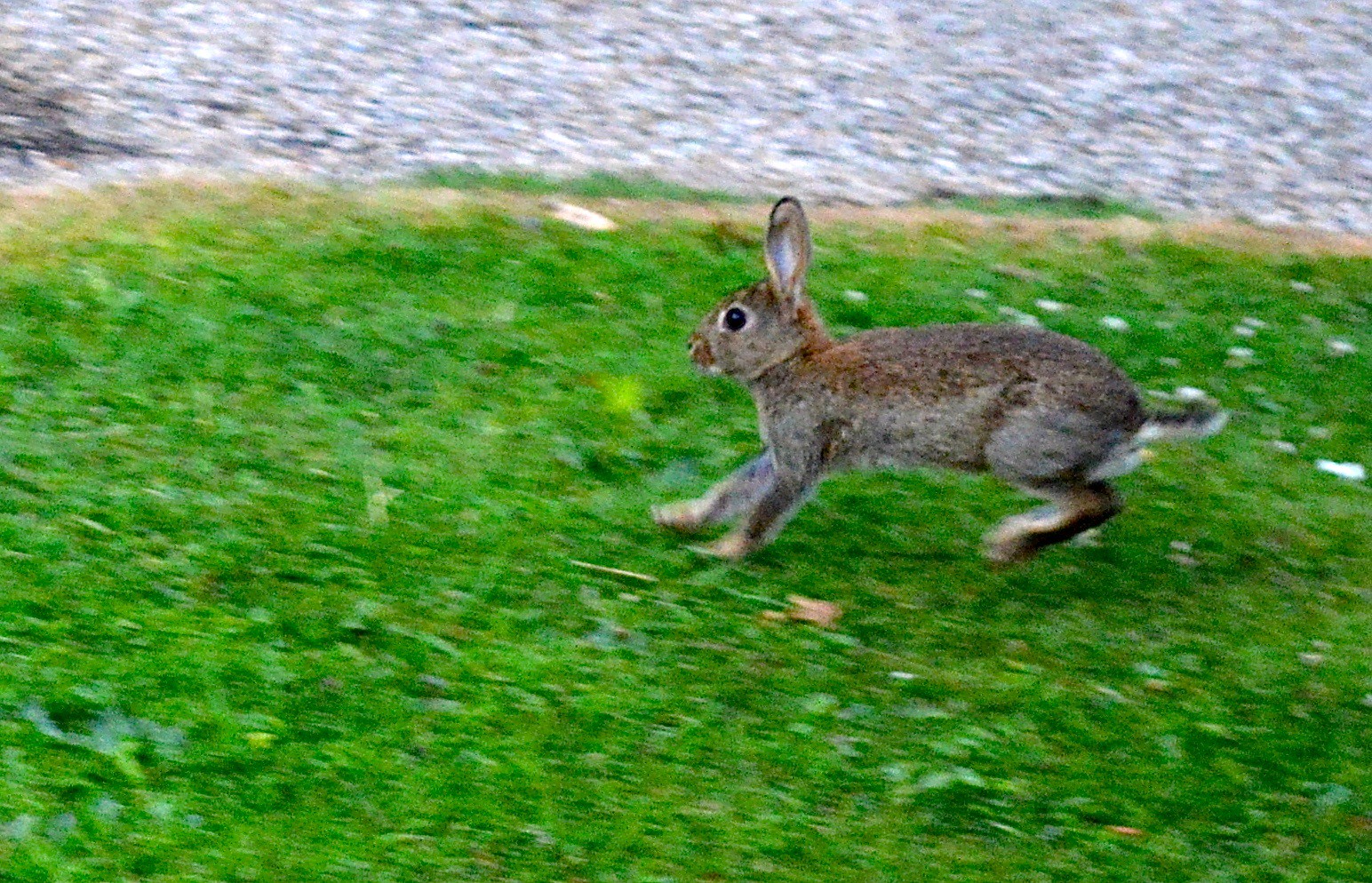
II. Speed Dynamics:
– The defining feature that sets rabbits apart is their remarkable speed. Rabbits can reach high speeds, showcasing their ability to dart and evade predators with agility. Turtles, conversely, are recognized for their unhurried and steady pace, relying on persistence rather than speed.
III. The Tale of the Rabbit and the Turtle:
– The famous fable of the Rabbit and the Turtle encapsulates the essence of the speed disparity between these two creatures. In this story, the overconfident rabbit underestimates the slow but steady turtle, resulting in an unexpected outcome that emphasizes the significance of perseverance over sheer speed.
IV. Racing Analogy:
– Using the racing analogy from the Rabbit and the Turtle story, it becomes evident that speed alone doesn’t guarantee success. The tale serves as a metaphor for life, teaching us the importance of determination and consistency, even when faced with seemingly faster competitors.
V. Behavioral Traits:
– Besides the physical attributes, understanding the behavioral traits related to speed is essential. While rabbits are known for their evasive speed, turtles exhibit patience and persistence, demonstrating that each species has evolved unique strategies for survival.

VI. Environmental Adaptations:
– Rabbits’ speed is an adaptation for survival in open habitats, allowing them to quickly navigate and escape predators. On the other hand, turtles, equipped with protective shells, rely on their ability to endure and persist over long distances.
*Details of Comparison
| Criteria | Rabbit | Turtle |
| Appearance | Fur, long ears, adapted for hopping |
Shells, flippers or feet, diverse colors/patterns
|
| Size | 8 to 20 inches |
Varies widely; some small, others exceed 5 feet
|
| Weight | 2 to 20 pounds |
Varies widely; some lightweight, others exceed 1,000
|
| Dentition and Bite Force | Specialized incisors |
Varied dentition based on diet
|
| Offensive Advantages | Agility, sharp incisors |
Agility, strong jaws for predation
|
| Defensive Advantages | Agility, keen senses |
Shells, retractable limbs for protection
|
| Speed | 35 to 45 mph | Variable speeds |
| Agility | Highly agile, quick direction changes |
Agility in water or on land
|
| Senses | Hearing, smell |
Varied senses, including vision and touch
|
| Physical Capacity | Built for speed, herbivory |
Diverse physical adaptations
|
| Habitat Preference | Meadows, forests, deserts |
Terrestrial, freshwater, marine environments globally
|
| Tracks | Hopping tracks |
Variable tracks based on species
|
| Lifespan | 5 to 10 years | Longer lifespans |
| Feeding | Herbivores | Varied diets |
| Intelligence | Limited problem-solving abilities |
Limited problem-solving abilities
|
| Social Behavior | Varies | Varies |
| Reproduction | Prolific breeders, altricial young |
Diverse reproductive strategies
|
| Parental Behavior | Limited parental care |
Limited parental care
|
| Proximity to Humans | Adaptable to human-altered environments |
Challenges near human areas
|
| Behavior Toward Humans | Generally wary, adaptable in urban areas |
Shy, may retreat into shells
|
| Danger Posed to Humans | Generally not dangerous |
Generally not dangerous, but large species may pose risks
|
| Precautions | Control measures, habitat preservation |
Protection of nesting sites, conservation efforts
|
| Conservation Status | Varies by species |
Many species face conservation concerns
|
1. Taxonomy:
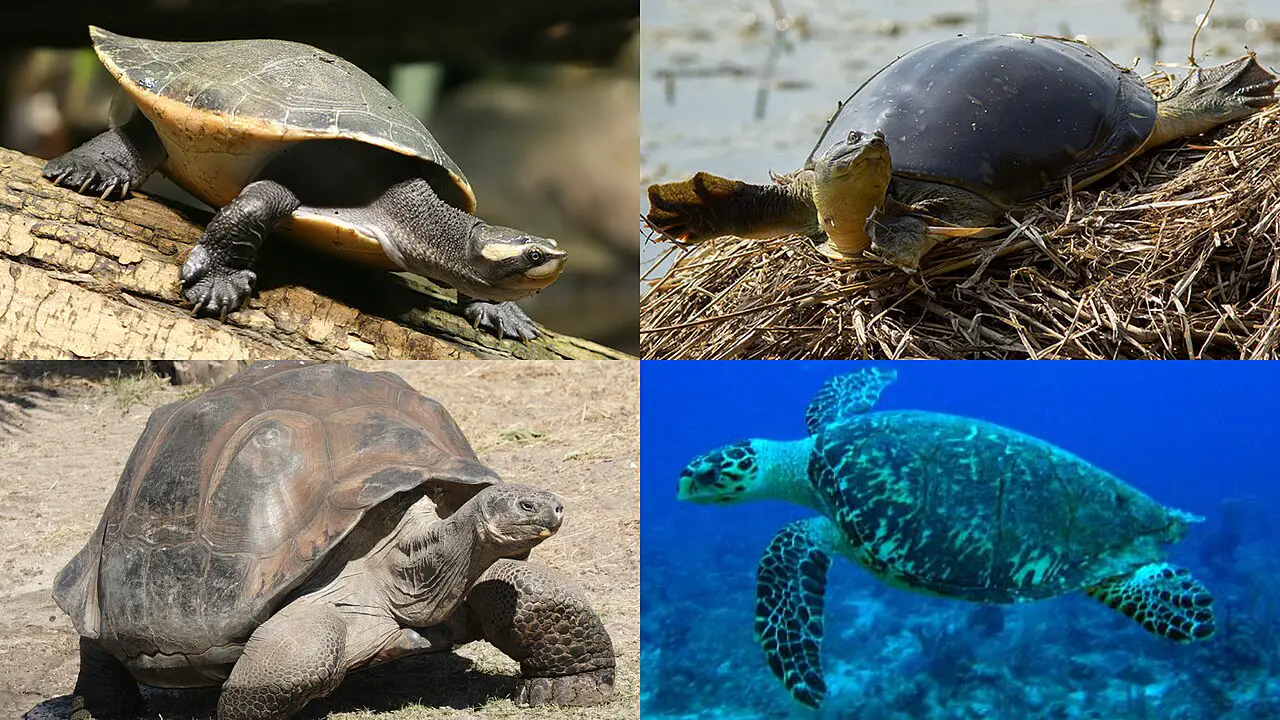
Rabbit:
Kingdom: Animalia
Phylum: Chordata
Class: Mammalia
Order: Lagomorpha
Family: Leporidae
Genus: Oryctolagus (European rabbit) or Sylvilagus (cottontail rabbits)
Species: Various species within the genus
Turtle:
Kingdom: Animalia
Phylum: Chordata
Class: Reptilia
Order: Testudines
Various families, genera, and species within the order
2. Appearance:
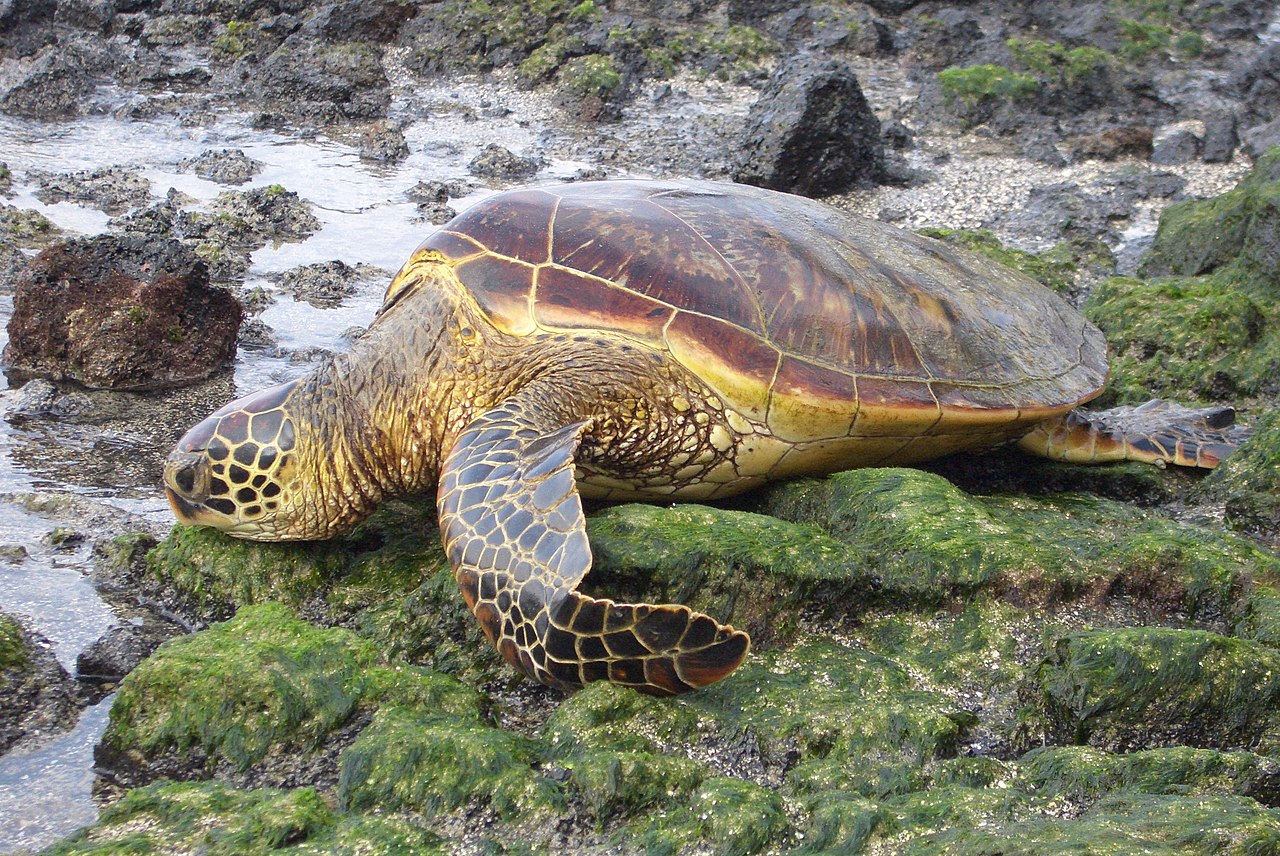
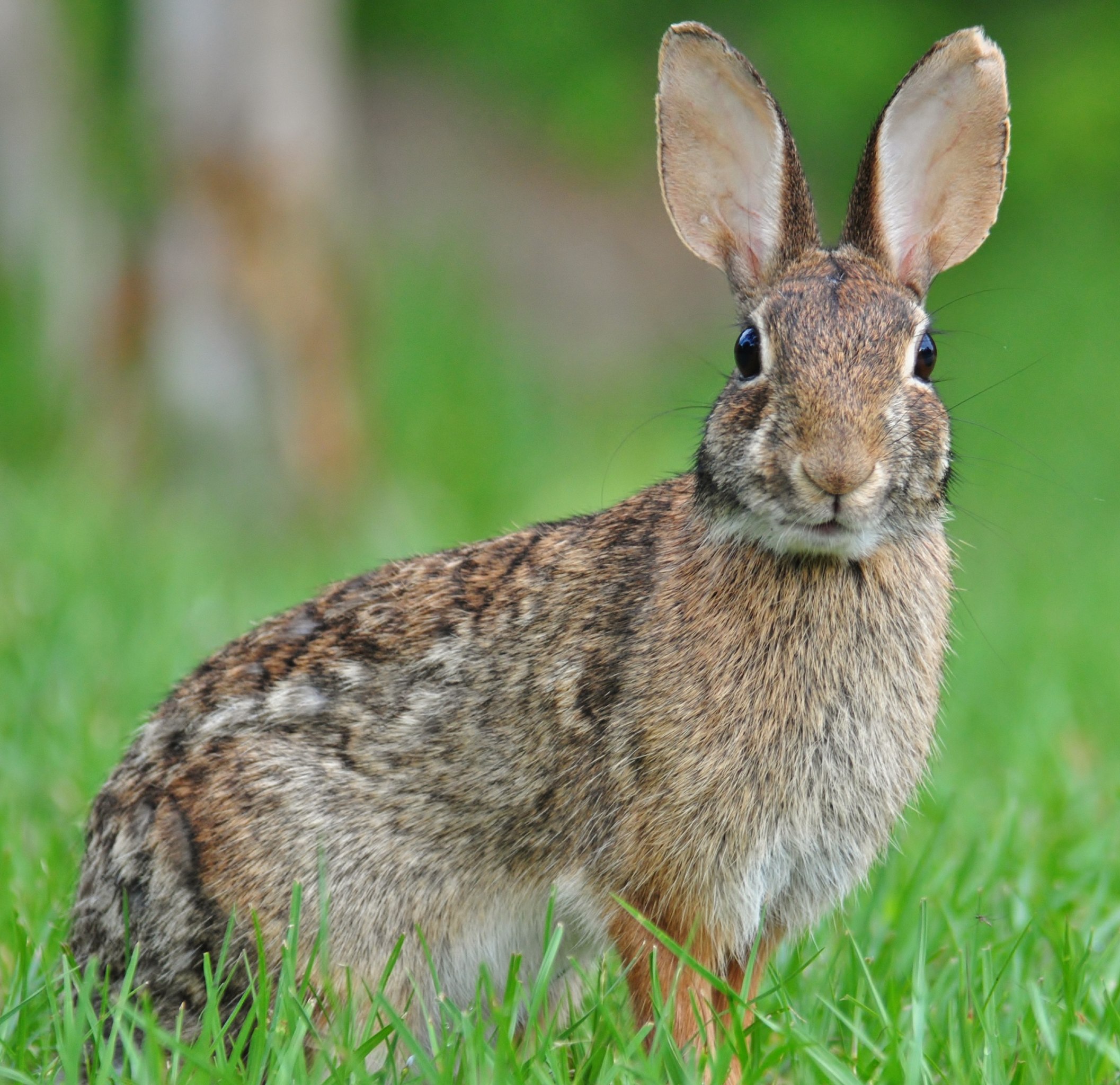
Rabbit:
Covered in fur, usually soft and dense.
Ears are often long and upright.
Limbs adapted for hopping.
Turtle:
Shell covering body, comprising a carapace and plastron.
Limbs modified into flippers (aquatic turtles) or feet (terrestrial turtles).
Diverse colors and patterns, depending on species.
Comparison: The rabbit’s appearance is adapted for agility and speed, with fur providing insulation, while the turtle’s shell serves as protection and varies based on habitat.
Ecological Implications: Rabbit fur aids in temperature regulation, while the turtle’s shell is a vital defense mechanism against predators.
3. Size:
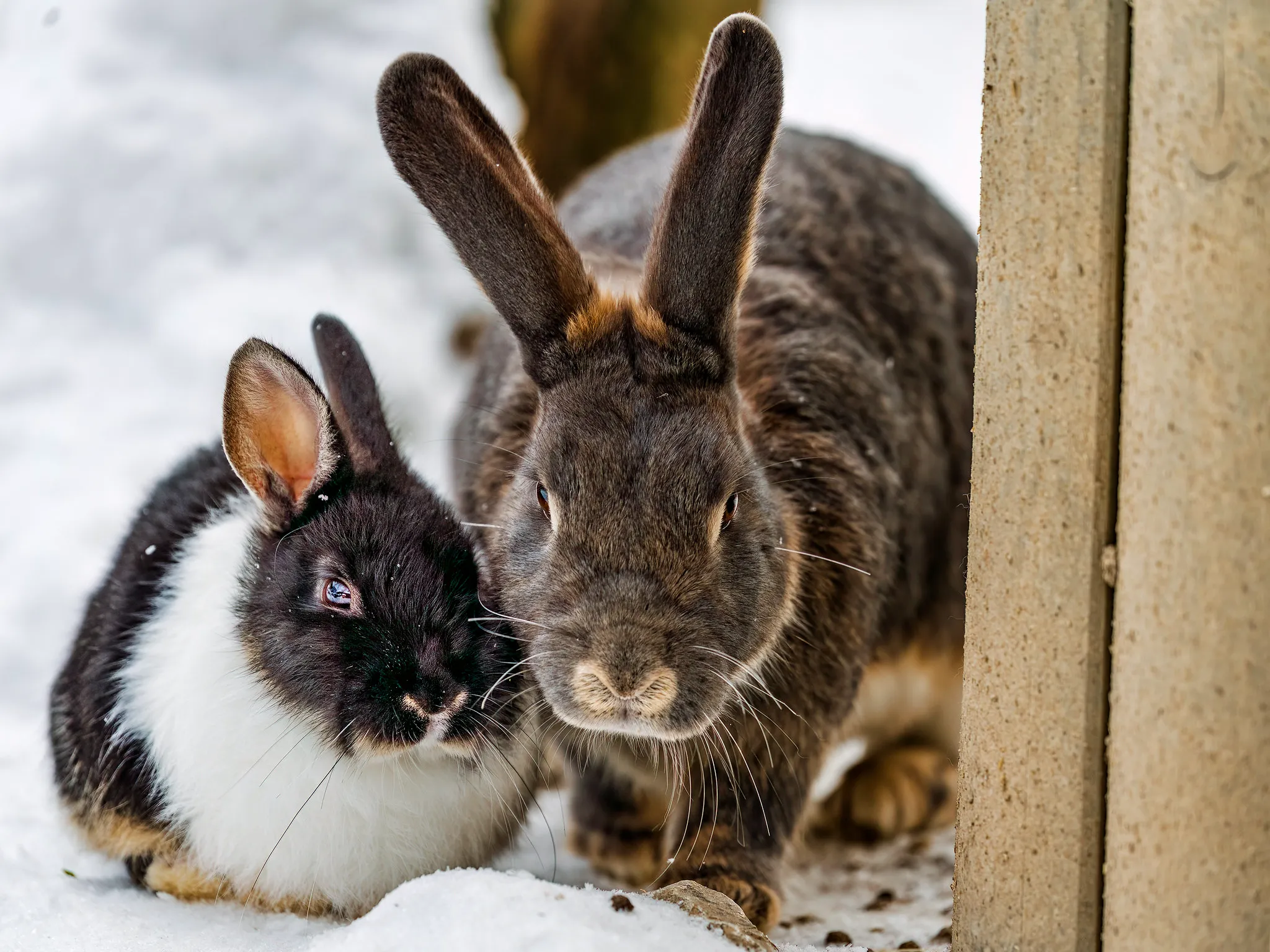
Rabbit:
Varies by species; common sizes range from 8 to 20 inches (20 to 50 cm).
Turtle:
Size varies widely; some species are small (4 inches), others can exceed 5 feet.
Comparison: Rabbits generally exhibit a smaller size range compared to the more diverse sizes of turtles.
Ecological Implications: Size impacts ecological niche; smaller rabbits may have different predator-prey dynamics than larger turtles.
4. Weight:
Rabbit:
Typically ranges from 2 to 20 pounds, depending on the species.
Turtle:
Weights vary significantly; some are lightweight (a few ounces), while others can exceed 1,000 pounds.
Comparison: Rabbits generally weigh less than turtles, with the latter having more variation in weight.
Ecological Implications: Weight affects mobility and energy expenditure, influencing foraging and survival strategies in their respective habitats.
5. Dentition and Bite Force (PSI – Pounds per Square Inch):

Rabbit:
Herbivorous dentition with specialized incisors (continuously growing) for efficient plant consumption.
Turtle:
Varies by species; herbivorous turtles have flat crushing surfaces, while carnivorous ones may have sharp beaks.
Comparison: Rabbits have specialized incisors for plant consumption, while turtles show diverse adaptations based on their diet.
Ecological Implications: Dentition reflects dietary adaptations, impacting interactions with vegetation and other species in their ecosystems.
6. Physical Offensive Advantages:
Rabbit:
Sharp incisors for effective cutting and gnawing.
Quick and agile movements for evasion.
Turtle:
Some species possess strong jaws for crushing prey.
Defensive capabilities within the shell.
Comparison: Rabbits rely on speed and agility for offense, while turtles may use powerful jaws for predation.
Ecological Implications: Offensive traits contribute to the species’ role in their ecosystems, influencing interactions with prey or competitors.
7. Physical Defensive Advantages:
Rabbit:
Swift running and dodging to evade predators.
Exceptional senses, including keen hearing.
Turtle:
Shell provides a protective shield against predators.
Withdrawal of limbs and head into the shell as a defense mechanism.
Comparison: Rabbits employ agility and senses for defense, whereas turtles rely on their distinctive shells and retractable limbs.
Ecological Implications: Defensive strategies impact the survival and predator-prey dynamics within their respective habitats.
8. Speed (Km/hour or Mile/hour):
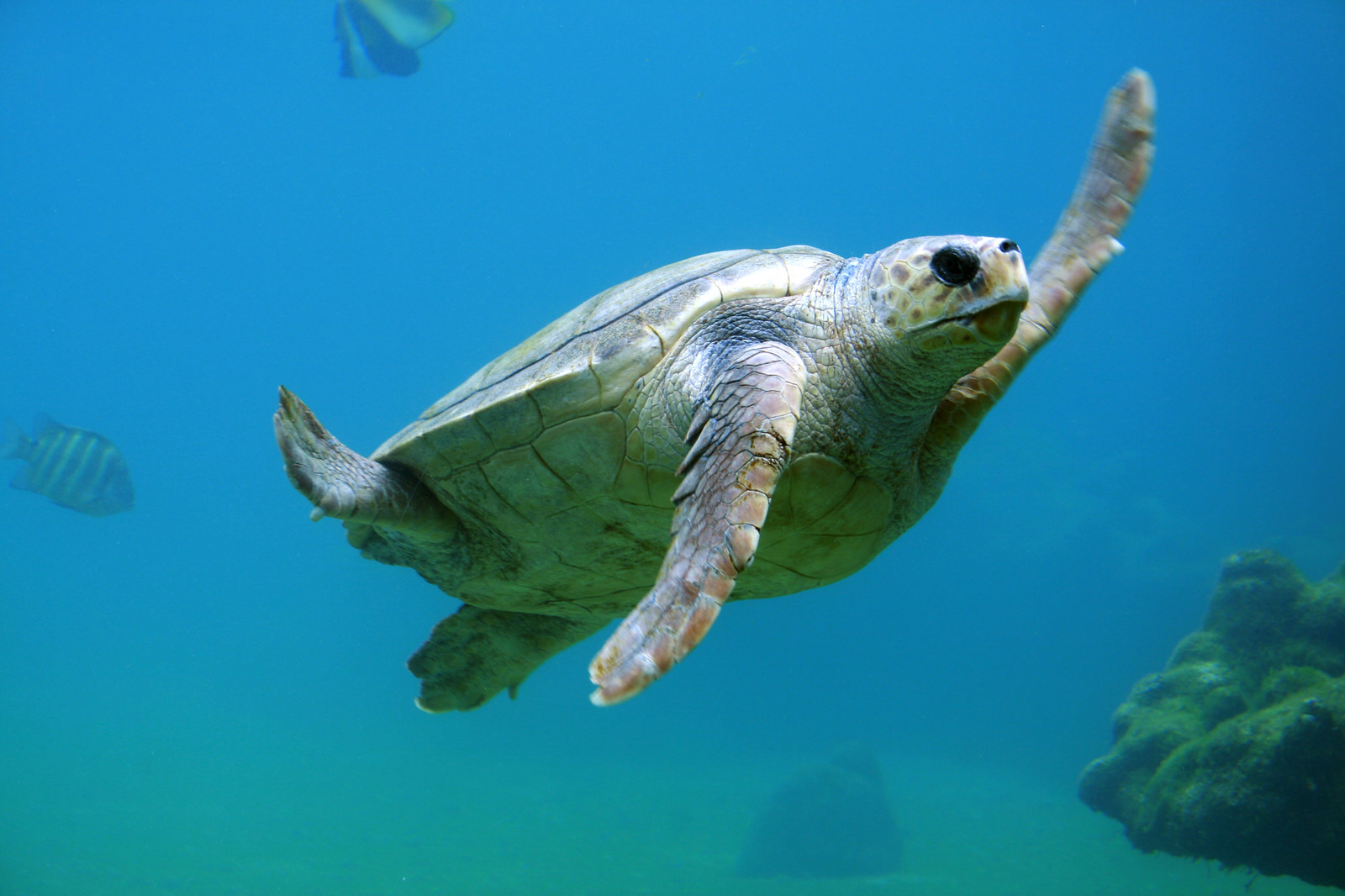
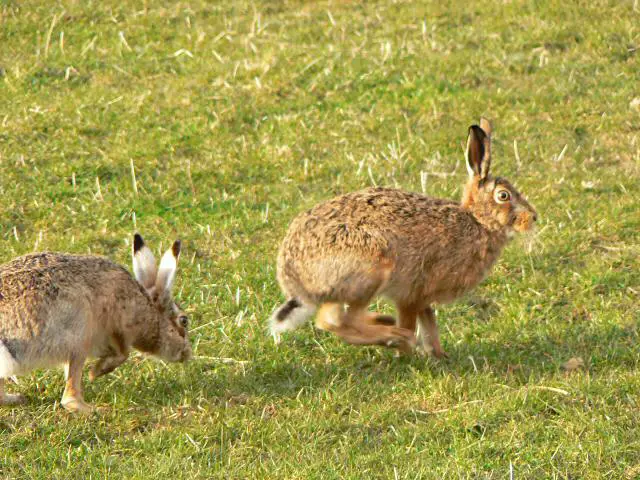
Rabbit:
Can reach speeds of 35 to 45 mph (56 to 72 km/h).
Turtle:
Speeds vary widely; terrestrial turtles may move at a few miles per hour, while aquatic turtles can swim faster.
Comparison: Rabbits are known for their exceptional speed, contrasting with the typically slower movements of turtles.
Ecological Implications: Speed influences foraging efficiency, predator avoidance, and overall ecological roles.
9. Agility:
Rabbit:
Highly agile, with quick changes in direction.
Well-adapted for navigating through vegetation.
Turtle:
Terrestrial turtles may have limited agility on land; aquatic turtles exhibit more agility in water.
Comparison: Rabbits showcase remarkable agility on land, while turtles exhibit agility within their respective environments.
Ecological Implications: Agility affects the ability to exploit resources, evade predators, and navigate diverse terrains.
10. Senses:
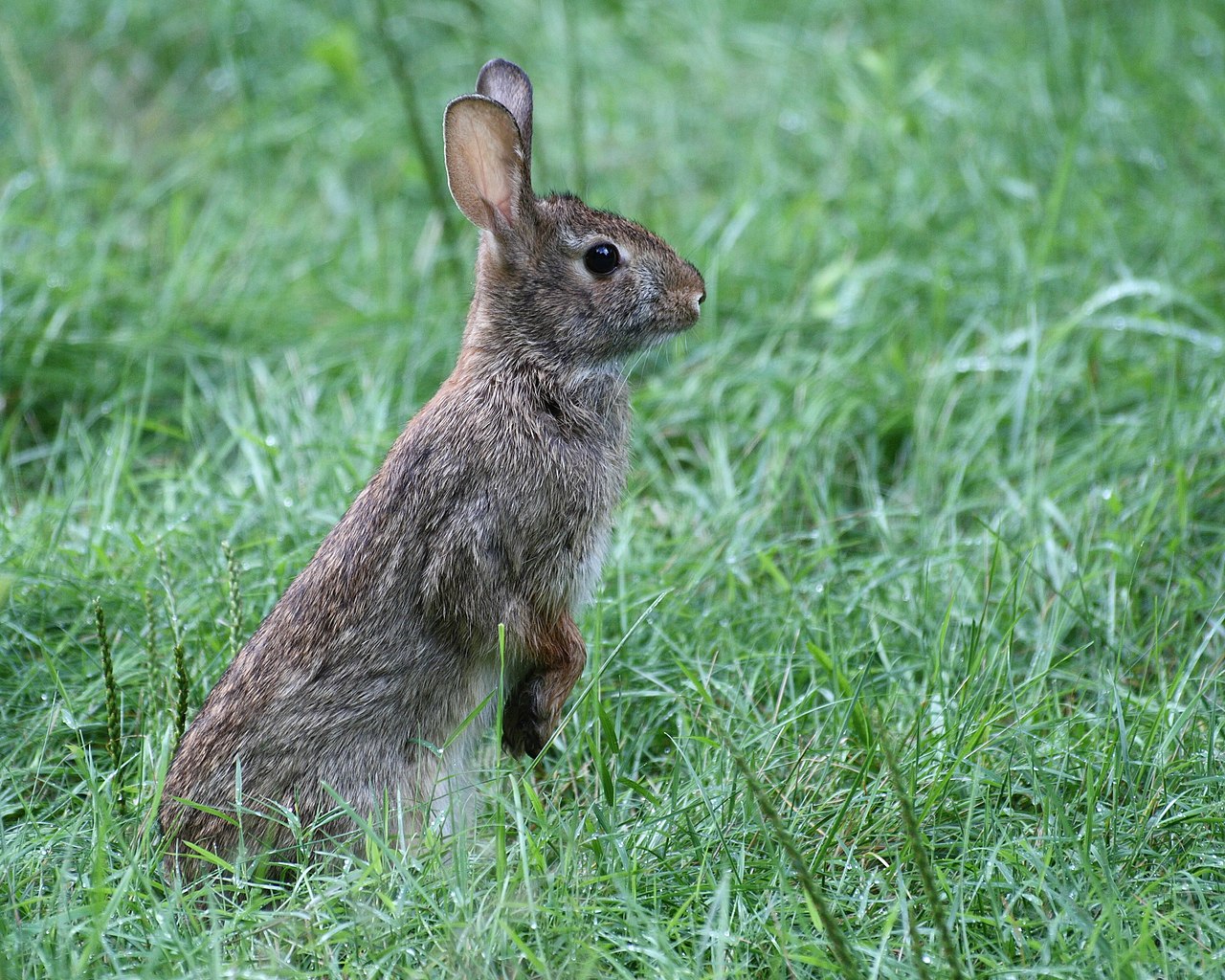
Rabbit:
Keen senses of hearing and smell.
Eyes on the sides of the head for a wide field of view.
Turtle:
Vision varies; some have excellent vision, while others rely on other senses.
Well-developed sense of touch and vibration.
Comparison: Rabbits emphasize hearing and smell, utilizing a wide visual field, whereas turtles exhibit varied sensory adaptations based on species.
Ecological Implications: Sensory adaptations influence how each species interacts with their surroundings and detects predators or prey.
11. Overall Physical Capacity:
Rabbit:
Adapted for rapid movement and agility.
Efficient herbivorous digestive system.
Turtle:
Diverse physical adaptations, including shells for protection and flippers for swimming.
Varied diets and metabolic rates based on habitat.
Comparison: Rabbits are built for agility and herbivory, contrasting with turtles that display diverse physical features adapted to their habitats.
Ecological Implications: Overall physical capacity shapes the species’ roles in ecosystems, influencing behaviors and ecological niches.
12. Habitat Preference(s) and Geographic Region:
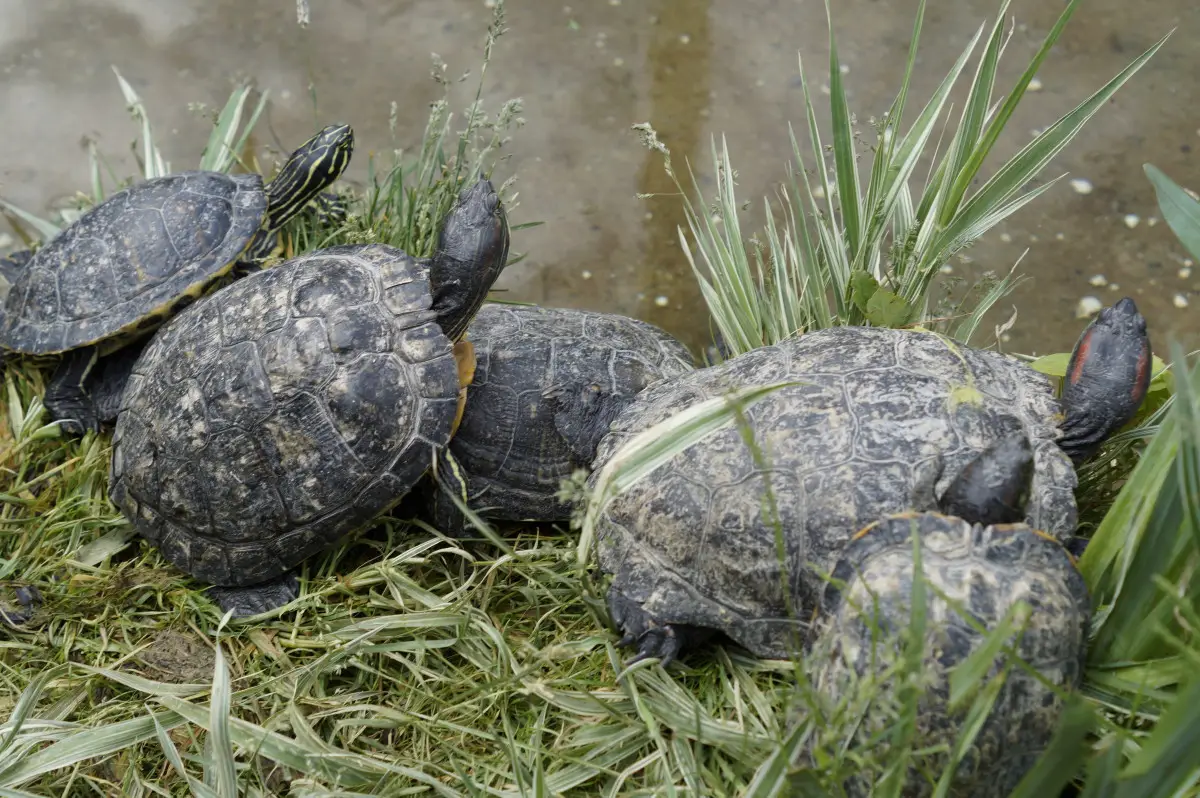
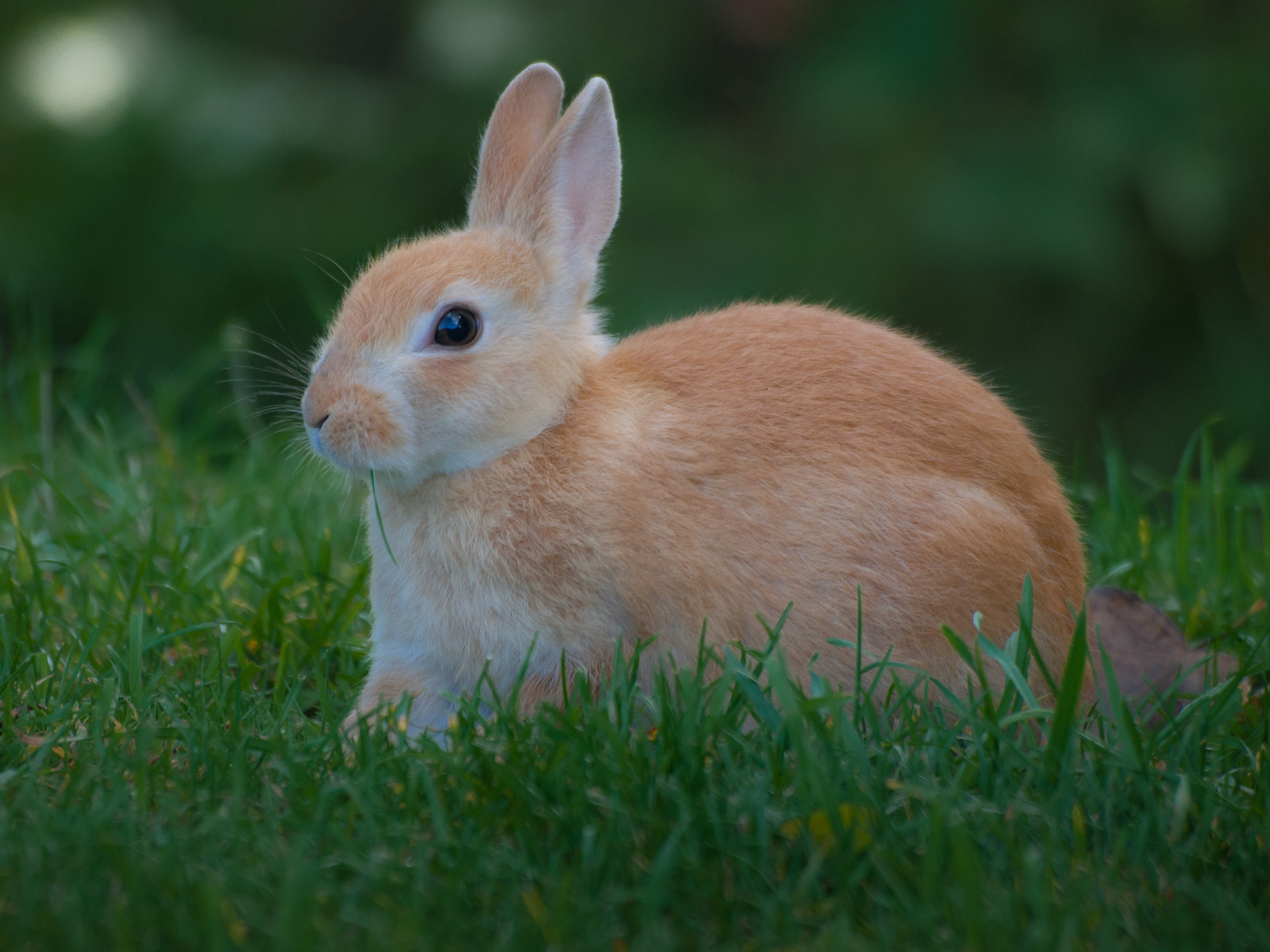
Rabbit:
Found in various habitats, including meadows, forests, and deserts.
Geographic distribution varies by species.
Turtle:
Terrestrial, freshwater, and marine species with habitat preferences accordingly.
Global distribution, from tropical to temperate regions.
Comparison: Rabbits exhibit habitat versatility, while turtles inhabit diverse ecosystems, reflecting their adaptations to terrestrial and aquatic environments.
Ecological Implications: Habitat preferences impact the species’ interactions with other organisms and resource availability.
13. Tracks:
Rabbit:
Hopping tracks with distinctive hind leg imprints.
Hind feet usually larger than front feet.
Turtle:
Unique track patterns depending on the species.
Typically, tracks show claw marks and the shape of the limbs.
Comparison: Rabbit tracks reflect hopping, while turtle tracks display variations based on walking or swimming.
Ecological Implications: Tracking can aid in monitoring population dynamics, behavior, and ecological roles in their respective environments.
14. Lifespan:
Rabbit:
Lifespan varies by species; typically 5 to 10 years in the wild.
Turtle:
Lifespan varies widely, from a few decades to over a century depending on species.
Comparison: Turtles generally have longer lifespans compared to rabbits, reflecting different life history strategies.
Ecological Implications: Lifespan influences reproductive strategies, population dynamics, and ecological roles in their respective ecosystems.
15. Mode of Feeding:
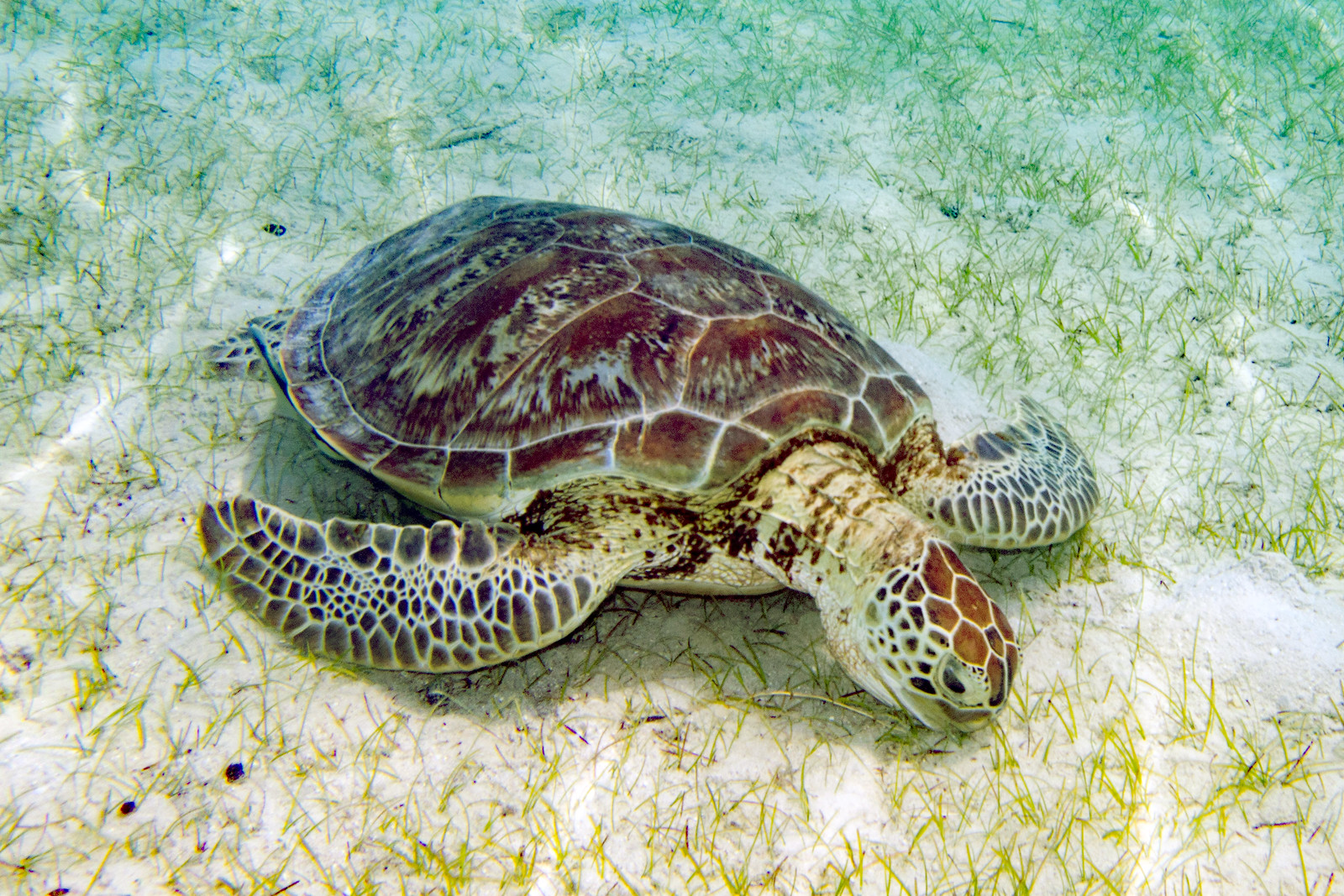
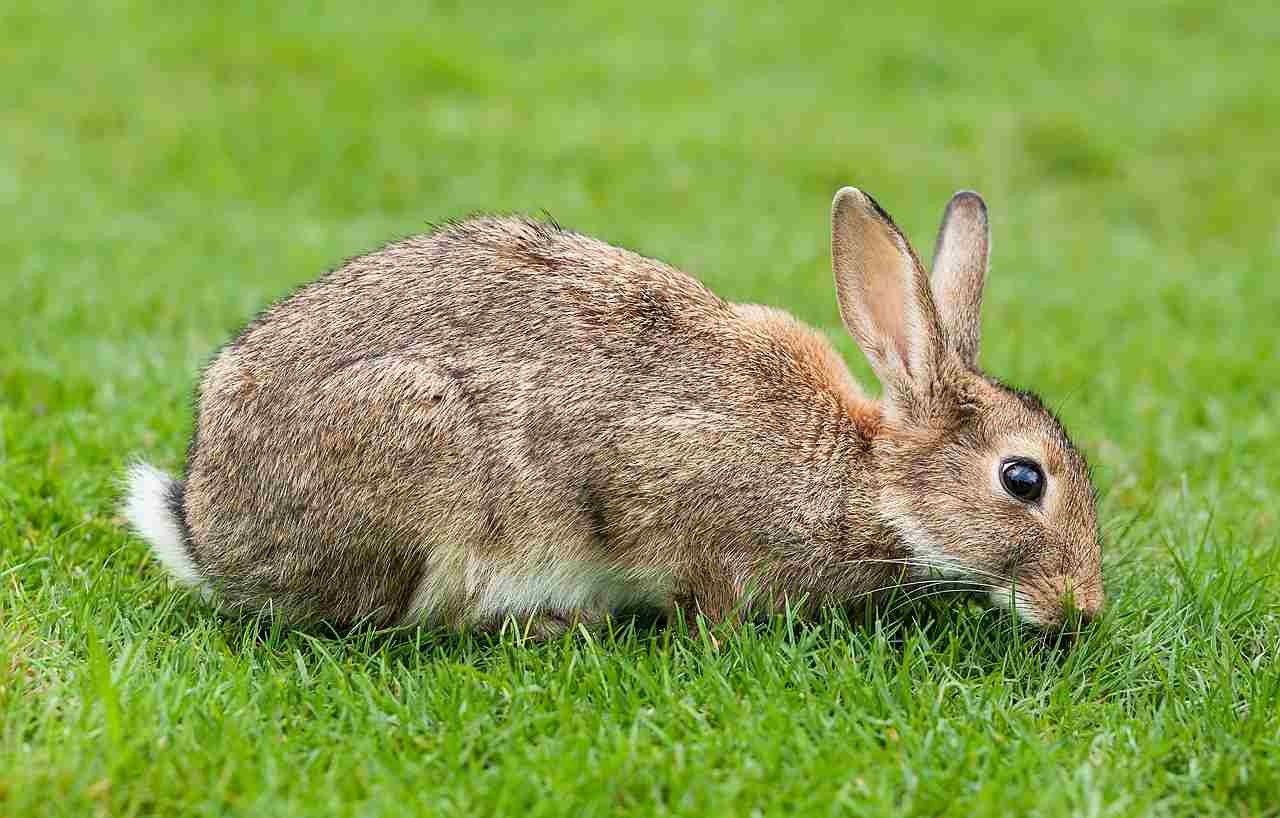
Rabbit:
Herbivorous; primarily grazers consuming plant material.
Turtle:
Herbivores, carnivores, or omnivores depending on the species; feeding habits vary widely.
Comparison: While both species can be herbivorous, turtles exhibit a broader range of feeding habits, including carnivory and omnivory.
Ecological Implications: Feeding habits impact nutrient cycling, vegetation control, and interactions with other species in their ecosystems.
16. Intelligence:
Rabbit:
Limited problem-solving abilities; focus on instinctual behaviors.
Turtle:
Varies among species; some show problem-solving skills, while others exhibit basic instincts.
Comparison: Both species generally display instinctual behaviors, with variations in problem-solving abilities.
Ecological Implications: Intelligence influences foraging strategies, predator avoidance, and adaptation to changing environmental conditions.
17. Social Behavior:
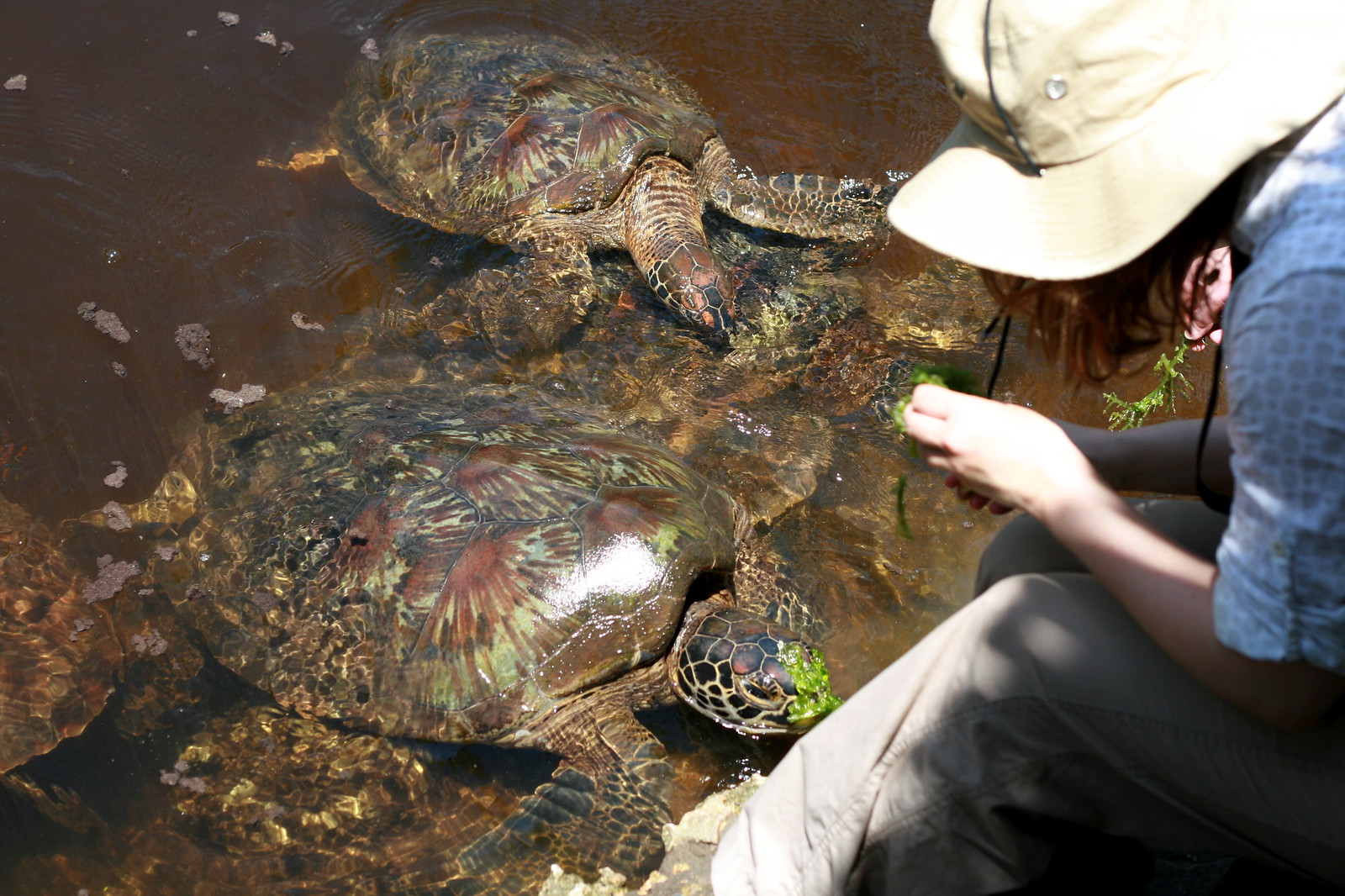
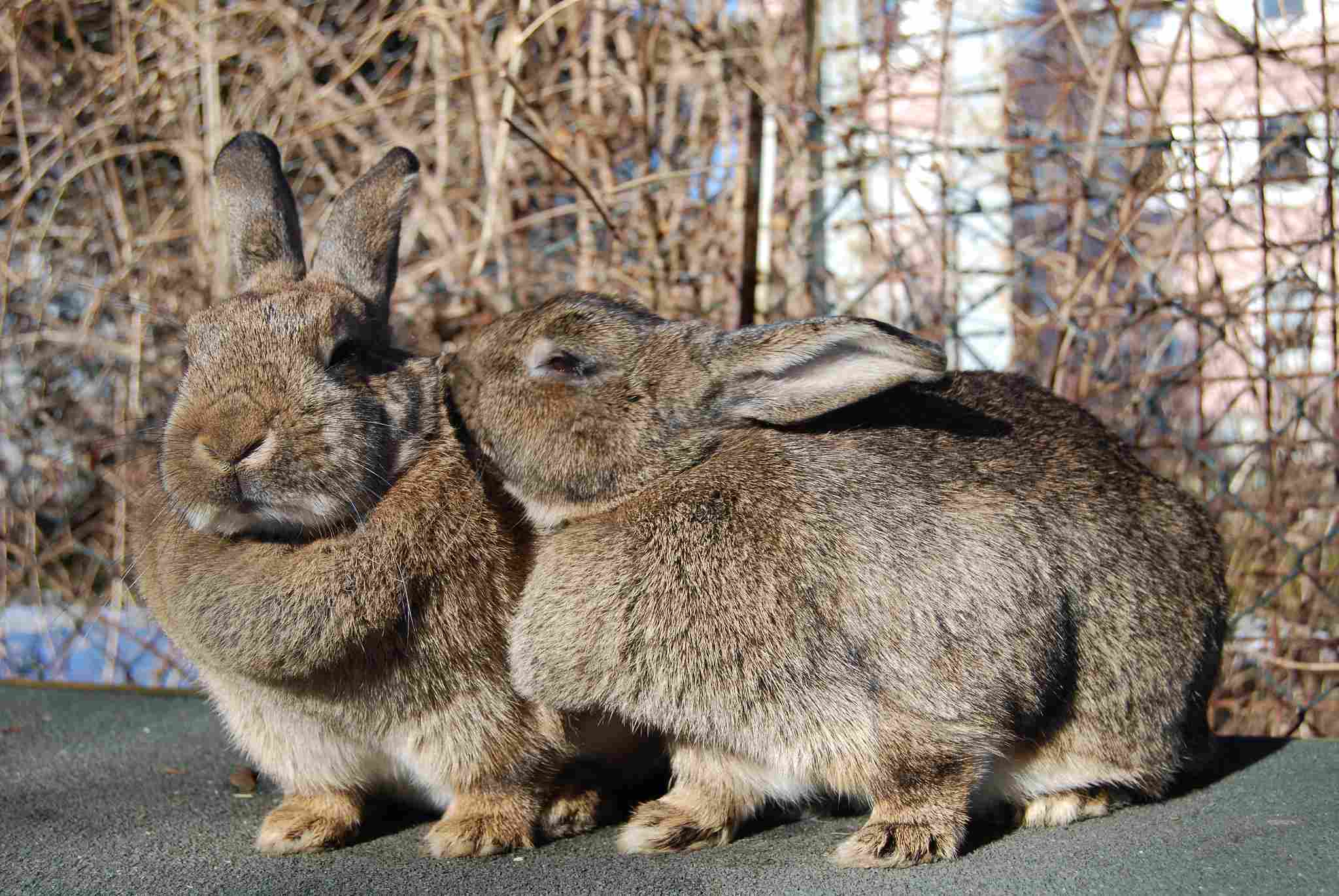
Rabbit:
Social structures vary; some are solitary, while others live in groups.
Turtle:
Social behavior varies by species; some are solitary, while others exhibit group behaviors, especially during nesting.
Comparison: Social structures vary within each species, with some individuals exhibiting solitary behavior and others forming groups.
Ecological Implications: Social behaviors influence mating strategies, resource sharing, and interactions within their ecosystems.
18. Mode of Reproduction:
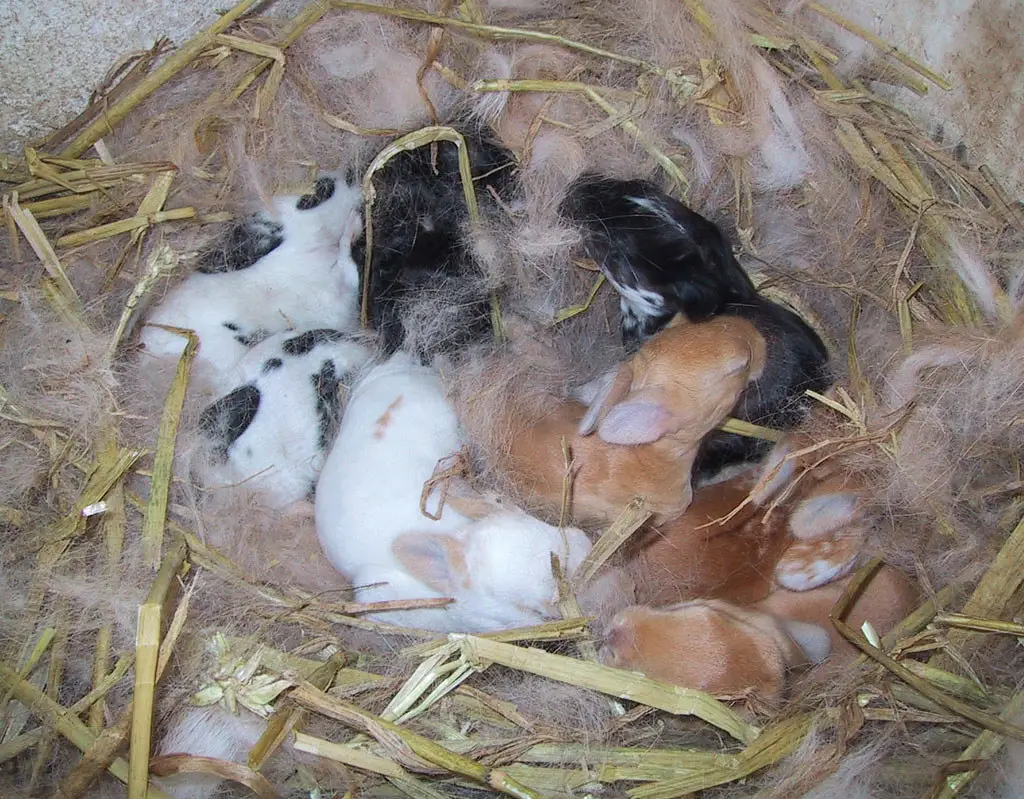
Rabbit:
Prolific breeders with a short gestation period.
Give birth to altricial young (born in a relatively undeveloped state).
Turtle:
Reproductive strategies vary; some lay eggs on land, others in water.
Young turtles often exhibit precocial behavior.
Comparison: Rabbits are prolific breeders with altricial young, while turtles employ diverse reproductive strategies, including egg-laying in various environments.
Ecological Implications: Reproductive strategies impact population dynamics, with implications for predator-prey relationships and ecological balance.
19. Parental Behavior:
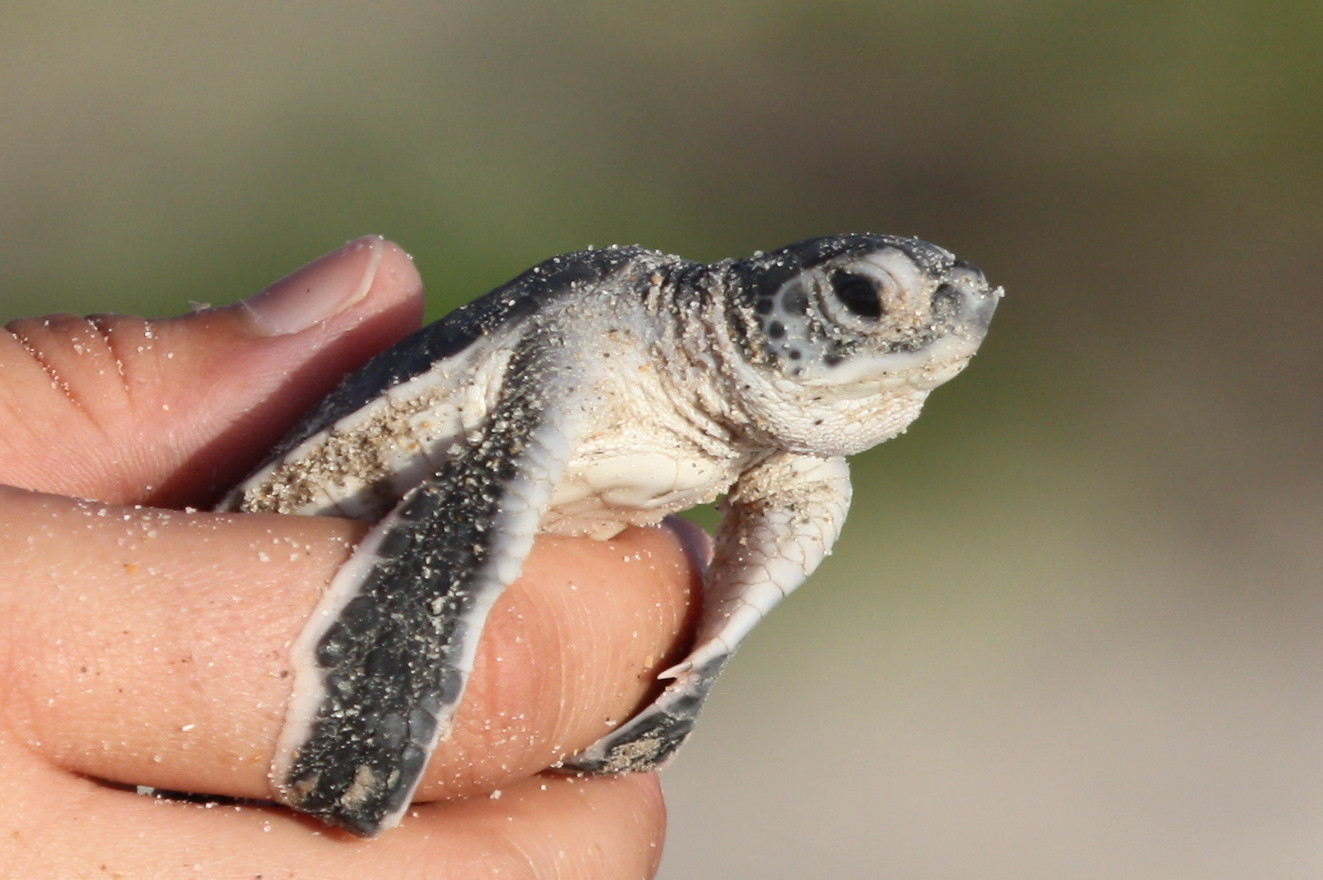
Rabbit:
Limited parental care; mother nurses and provides a nest, but offspring are relatively independent.
Turtle:
Limited parental care; females lay eggs in nests, and offspring are on their own after hatching.
Comparison: Both species exhibit limited parental care, with offspring becoming relatively independent shortly after birth or hatching.
Ecological Implications: Limited parental care influences population dynamics and the survival of offspring, impacting community structure.
20. Proximity to Human-Inhabited Areas:
Rabbit:
Adaptable to human-altered environments; commonly found in suburban areas.
Turtle:
Vulnerable to habitat destruction; some species face threats near human-inhabited areas, especially during nesting.
Comparison: Rabbits show adaptability to human-altered landscapes, while turtles may face challenges, particularly during nesting activities.
Ecological Implications: Proximity to human-inhabited areas influences exposure to anthropogenic threats, impacting population health and conservation efforts.
21. Behavior Toward Humans:

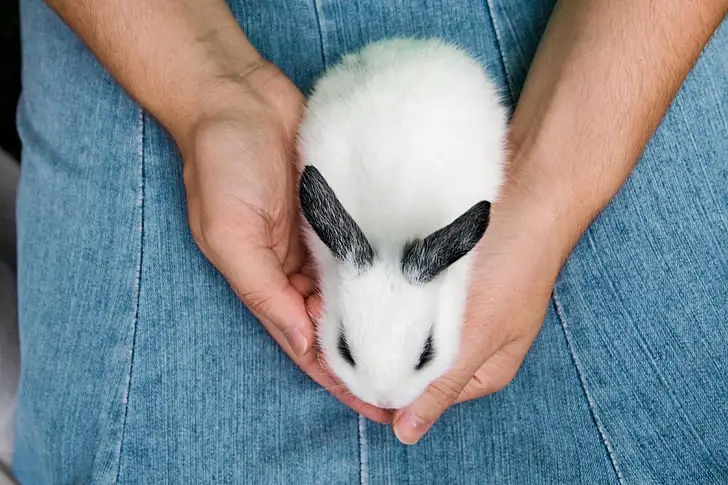
Rabbit:
Generally wary but can adapt to human presence, especially in urban and suburban areas.
Turtle:
Often shy and may retreat into their shells when approached by humans.
Comparison: Both species may display wary behavior toward humans, but rabbits can exhibit more adaptability to human-altered environments.
Ecological Implications: Behavior toward humans influences interactions, potential conflicts, and the impact of urbanization on wildlife populations.
22. Danger Posed to Humans:
Rabbit:
Typically not dangerous to humans; may cause minimal damage to crops or gardens.
Turtle:
Generally not dangerous, but some large species can pose risks due to powerful bites or scratches.
Comparison: Neither species is inherently dangerous to humans, but large turtles may present risks due to their size and strength.
Ecological Implications: Limited danger to humans allows for coexistence, but human activities can pose threats to both species.
23. Associated Precautions:
Rabbit:
Control measures may be implemented to prevent damage to crops or gardens.
Encouraging habitat preservation for biodiversity.
Turtle:
Protection of nesting sites and avoidance of disturbing nesting activities.
Conservation efforts to address threats from habitat destruction.
Comparison: Precautions for rabbits often involve habitat preservation, while for turtles, protection of nesting sites is crucial.
Ecological Implications: Implementing precautions helps mitigate human-wildlife conflicts and supports conservation efforts.
24. Conservation Status:

Rabbit:
Conservation status varies by species; some may face threats, while others are of least concern.
Turtle:
Many species face conservation concerns due to habitat loss, pollution, and exploitation.
Comparison: Conservation status varies within each group, with turtles commonly facing more significant threats to their populations.
Ecological Implications: Conservation efforts are critical to maintaining biodiversity and ecological balance in habitats occupied by rabbits and turtles.
*Summary of Comparison
Appearance:
Rabbits have fur, long ears, and adapted limbs for hopping.
Turtles have shells, flippers or feet, and diverse colors/patterns.
Size:
Rabbits: 8 to 20 inches.
Turtles: Varies widely; some small, others exceed 5 feet.
Weight:
Rabbits: 2 to 20 pounds.
Turtles: Varies widely; some lightweight, others exceed 1,000 pounds.
Dentition and Bite Force (PSI):
Rabbits have specialized incisors.
Turtles exhibit varied dentition based on diet.
Physical Offensive Advantages:
Rabbits rely on agility and sharp incisors.
Turtles may have strong jaws for predation.
Physical Defensive Advantages:
Rabbits use agility and senses for defense.
Turtles rely on shells and retractable limbs.
Speed:
Rabbits: 35 to 45 mph.
Turtles exhibit variable speeds.
Agility:
Rabbits are highly agile with quick direction changes.
Turtles exhibit agility in water or on land.
Senses:
Rabbits rely on hearing and smell.
Turtles have varied senses, including vision and touch.
Overall Physical Capacity:
Rabbits are built for speed and herbivory.
Turtles have diverse physical adaptations.
Habitat Preference(s) and Geographic Region:
Rabbits are found in meadows, forests, and deserts.
Turtles inhabit terrestrial, freshwater, and marine environments globally.
Tracks:
Rabbit tracks show hopping.
Turtle tracks vary based on species.
Lifespan:
Rabbits: 5 to 10 years.
Turtles have longer lifespans.
Mode of Feeding:
Rabbits are herbivores.
Turtles exhibit varied diets.
Intelligence:
Both species show limited problem-solving abilities.
Social Behavior:
Social structures vary within each species.
Mode of Reproduction:
Rabbits are prolific breeders.
Turtles employ diverse reproductive strategies.
Parental Behavior:
Limited parental care in both species.
Proximity to Human-Inhabited Areas:
Rabbits adapt to human-altered environments.
Turtles may face challenges near human areas.
Behavior Toward Humans:
Both exhibit wary behavior, with rabbits more adaptable.
Danger Posed to Humans:
Neither is inherently dangerous, but large turtles may pose risks.
Associated Precautions:
Control measures for rabbits; protection of nesting sites for turtles.
Conservation Status:
Rabbits vary in conservation status.
Many turtle species face conservation concerns.
Conclusion
I). Similarities:
Both rabbits and turtles exhibit adaptations to diverse environments.
Limited parental care and generally wary behavior toward humans.
II). Differences:
Varied lifespans, with turtles generally having longer lifespans.
Diverse reproductive and feeding strategies among turtle species.
Rabbits’ adaptability to human-altered environments compared to potential challenges faced by turtles near human-inhabited areas.

